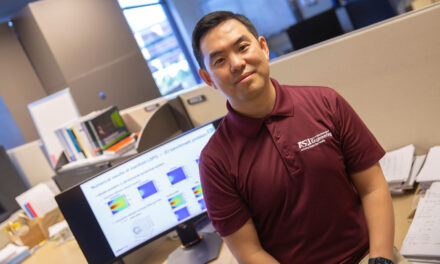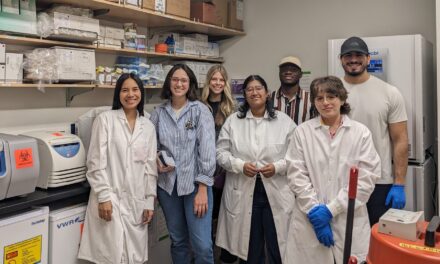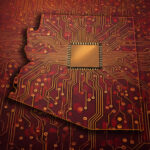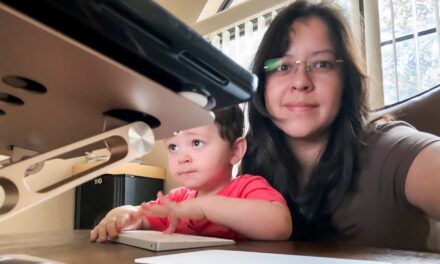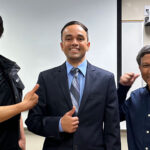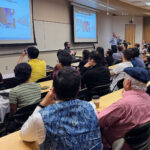
Patients Try Most Intuitive Hand Prosthetics Yet in Pilot Trial
Researchers have developed a biointegrated prosthetic device that works through a regenerative peripheral nerve interface. The system uses muscle grafts connected to the remaining peripheral nerves of people who have lost a hand or an arm. When amputees think of moving hands and fingers — just the way they did when they hand real hands— the grafts amplify signals that are then conveyed through wires to a robotic prosthesis. The device represents a significant technological advance in prosthetics, says Bradley Gregor, a Fulton Schools associate professor of biomedical engineering, who does research in areas related to work of the neuroscientists and others who’ve made the new prosthetic technology.


